Not opposed to the demolition but to the qualitative regression. Progress isn’t progress unless it is progress.
Bingo
Not opposed to the demolition but to the qualitative regression. Progress isn’t progress unless it is progress.
^^^This, and tobyjug's statement.The goal is not to forcibly retain the old for the sake of saying its old. We know there are hazardous materials, inept structures, leaky and/or impossible to insulate exterior wall constructions, etc., and also know that the present-day best use case (for a given land parcel) may be incompatible with what's on there from the past. Rather, the goal is to retain the character, not of any one specific land parcel, but of a street/block/neighborhood - with character loosely defined as "what you can't get anywhere else, and what will be forever gone if lost from Boston."
We have seen historic motifs physically moved to nearby parcels better suited for them (see: Lesley university), scanned and replicated with modern materials and artfully recreated on-site (see: 3D scanning, re-casting, and acid wash rapid patina, etc) (see: Little Building, Myles Standish Hall), or, with less effectiveness but still better than nothing, rebuilding structures in old styles (see: Mass + Main). The Mexican Embassy thing looks forced; moving those two facades to elsewhere nearby may have been a better solution that could have been even more effective at retaining neighborhood character. We live in a technological age where we can make something look a certain way almost wherever we want; true, if we under-spend on such efforts, it looks "Disney-fied" (which is worse than just demo'ing the thing); but there are enough examples of it being done right to suggest that at least some such efforts to retain historic architectural character of a neighborhood can succeed.
Can't remember the source of this quote.A case in point is the group of three houses that Richard Morris Hunt [very famous architect, brother of famous painter William Morris Hunt] designed in 1859, within four years of his return from Paris. Erected at 13, 14, and 15 Arlington Street, the site now occupied by the Ritz Hotel, this group is conceived as a free-standing block consisting of a central element three windows wide, flanked by projecting pavilions of two bays' width. Four stories tall, it was constructed of brownstone and topped by the customary mansard roof. Despite the unity of the composition, it would never be taken for a Parisian residence. Its vertical organization as a series of row houses rather than as flats and its isolation as a detached building mark it as more Anglo-Saxon that (sic) Gallic. Yet the designer was surely conversant with current Parisian architectural styles and practices, for he had recently received a diploma from the Ecole des Beaux Arts and had worked in Parisian architectural offices.
 IMG_6021 by Bos Beeline, on Flickr
IMG_6021 by Bos Beeline, on Flickr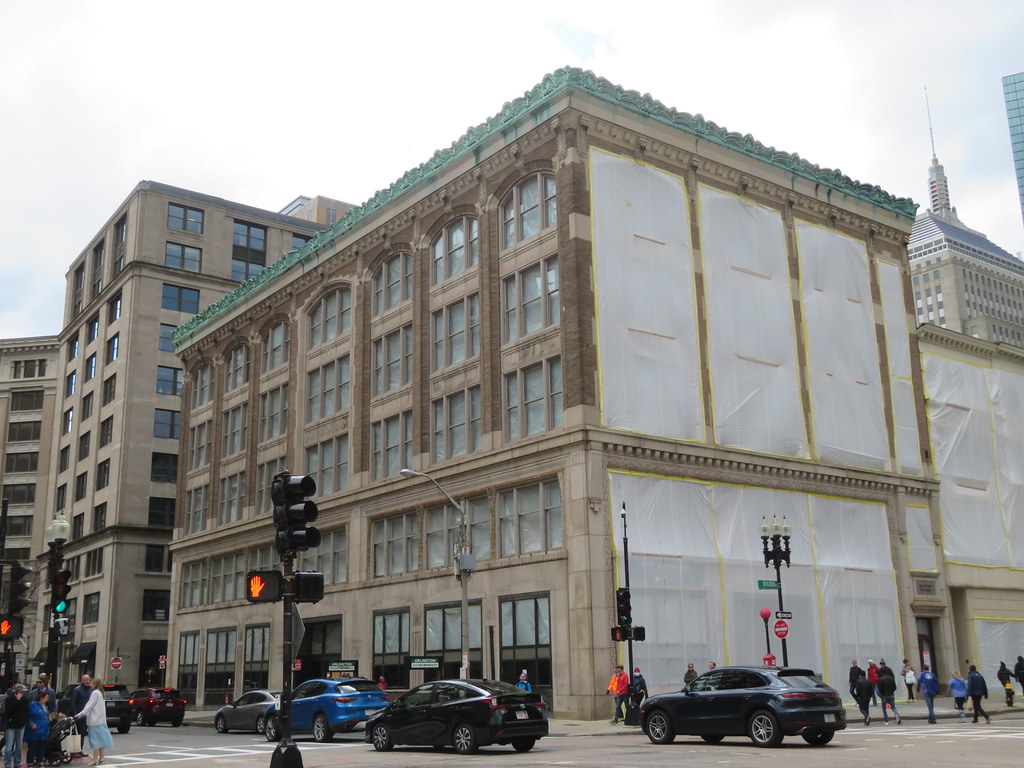 IMG_6020 by Bos Beeline, on Flickr
IMG_6020 by Bos Beeline, on Flickr IMG_6023 by Bos Beeline, on Flickr
IMG_6023 by Bos Beeline, on FlickrThere needs to be a will, and there also needs to be a pot of money. Based on a Massachusetts bond issuance for Emerson, which included the Little Building, the re-construction cost for the Little Building was probably $175-$185 million. Emerson bought the Little Building for $5 million. But Emerson doesn't engage in the same financial calculus as a private sector developer. It has a guaranteed, predictable income stream from the Little Building for years to come, allowing for some measure of altruism.
The Embassy of Mexico in Washington. Preservation to what end?

The 19th Century building directly beyond the tree is where Lincoln died. Buildings similar to it in mass and height were demolished. No private sector altruism here.

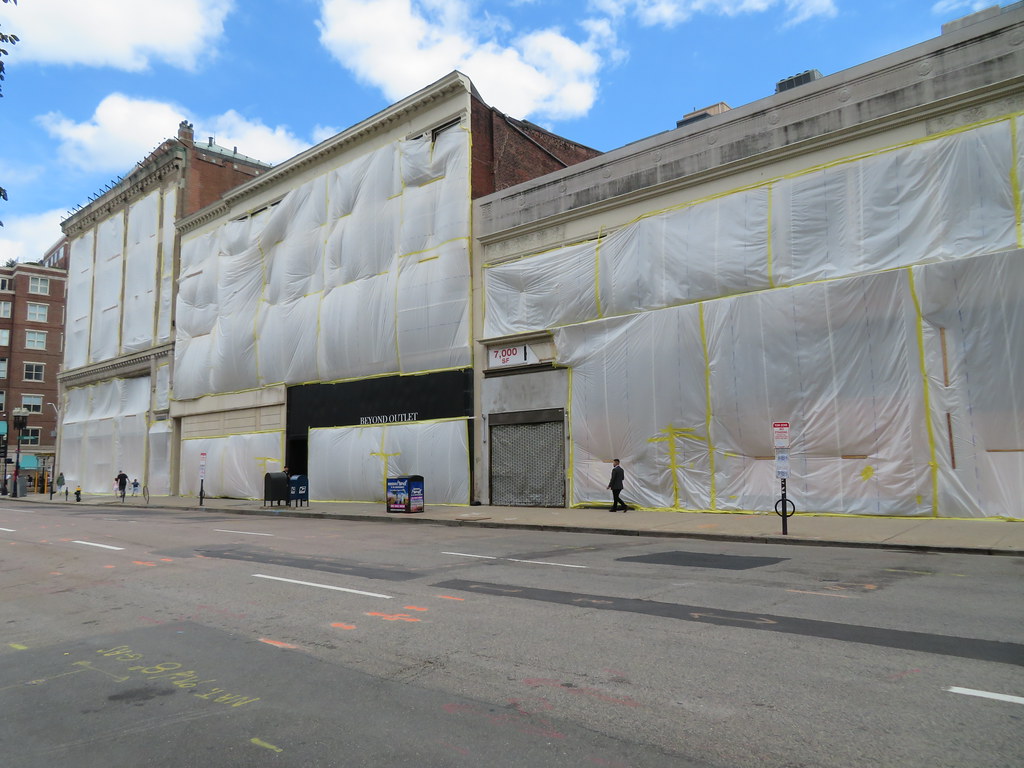 IMG_7217 by Bos Beeline, on Flickr
IMG_7217 by Bos Beeline, on Flickr IMG_7221 by Bos Beeline, on Flickr
IMG_7221 by Bos Beeline, on Flickr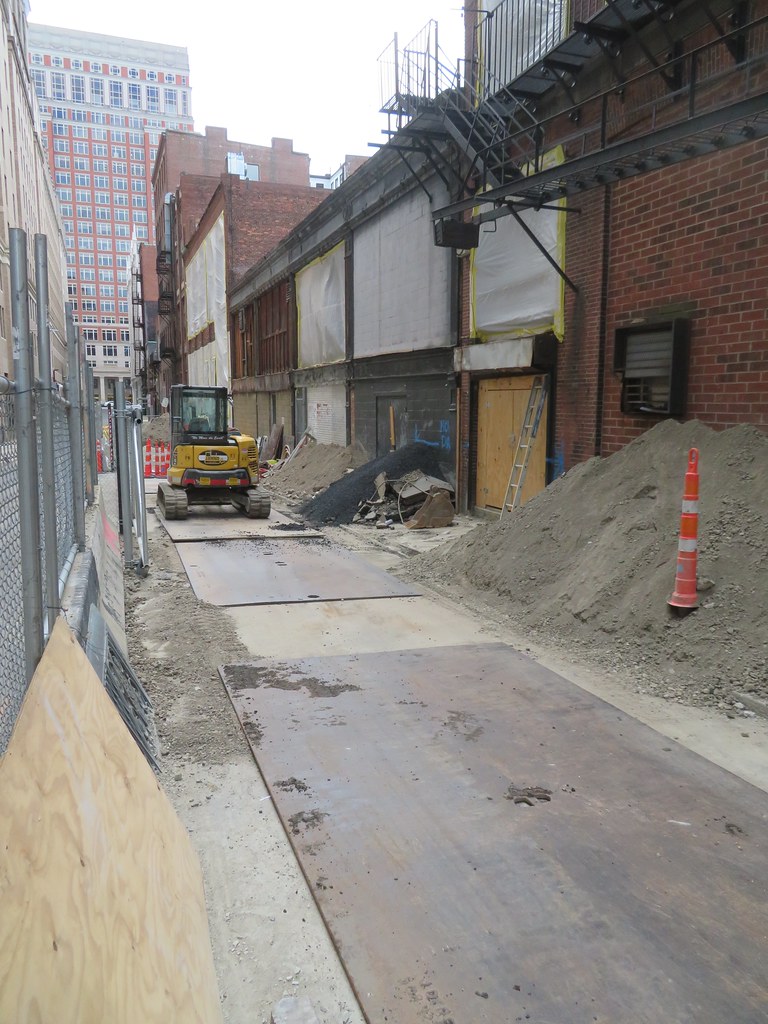 IMG_7223 by Bos Beeline, on Flickr
IMG_7223 by Bos Beeline, on Flickr
A low down dirty shame…
Makes sense that it's a company best known for tearing other companies down by saddling them with debt while Bain gets filthy rich at their expense. Tearing down Shreve, Crump, and Low to replace it with something worse is a perfect microcosm for the company itself.
There's something seriously wrong with the city's planning department(s) when they demonize things like height next to train stations, but allow the continuous destruction of historical buildings in high-profile locations. What's the next beauty that's going to land on the chopping block?
You’re conflating Bain & Company (taking this building) with Bain Capital
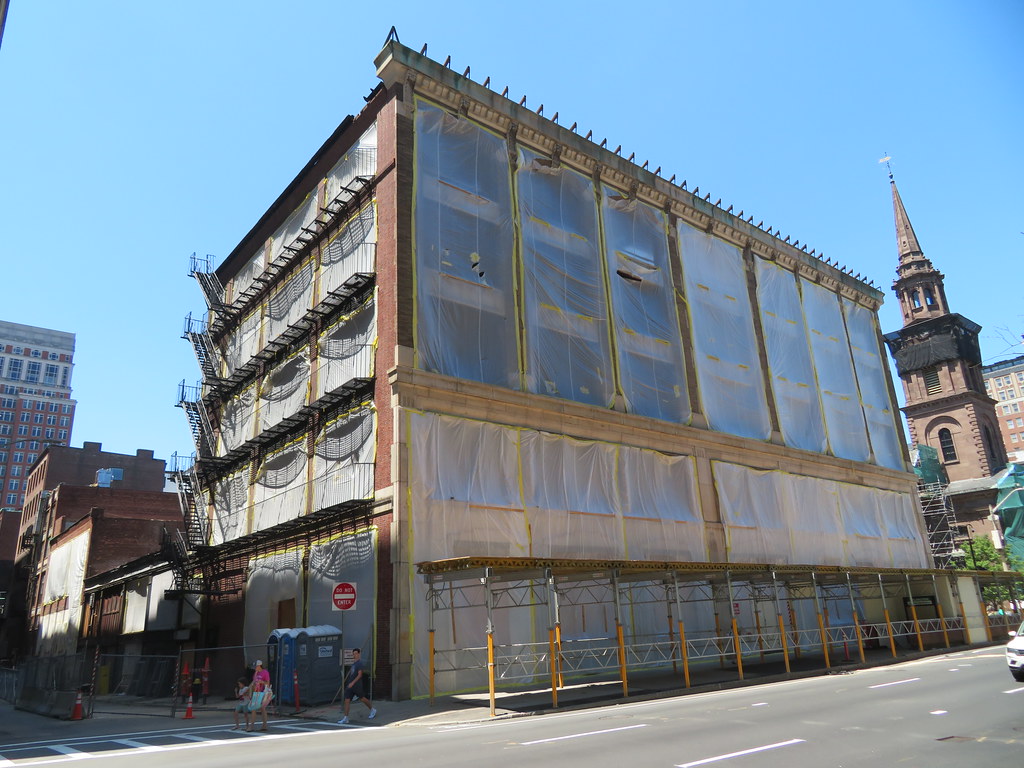 IMG_8710 by Bos Beeline, on Flickr
IMG_8710 by Bos Beeline, on Flickr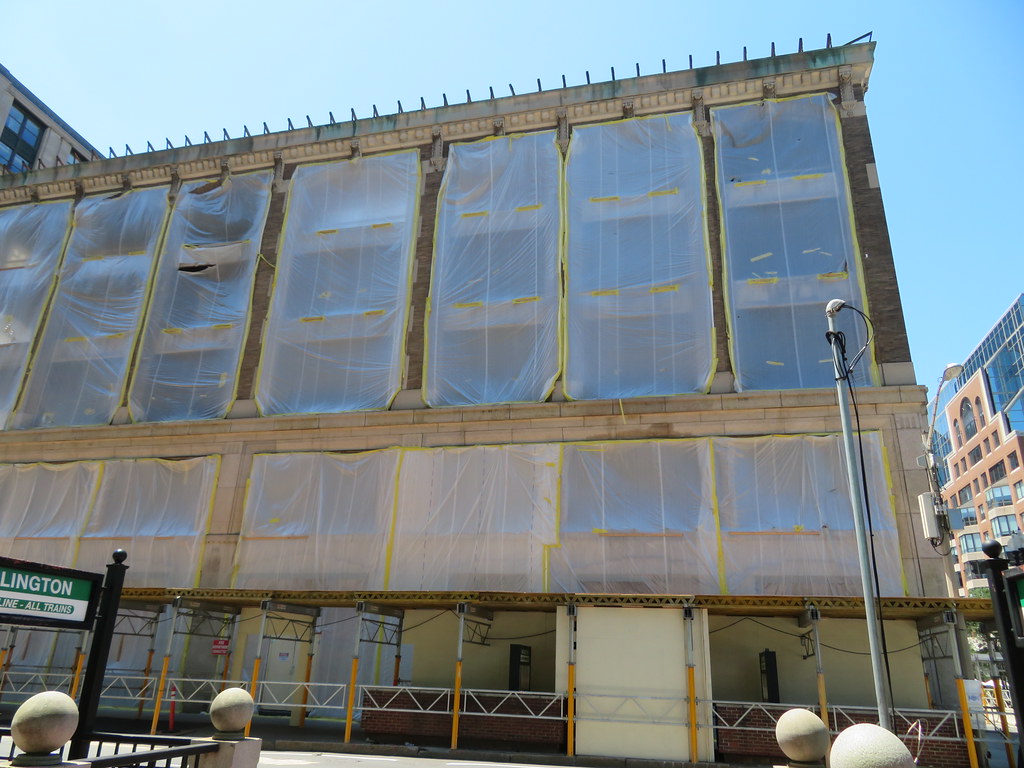 IMG_8711 by Bos Beeline, on Flickr
IMG_8711 by Bos Beeline, on Flickr IMG_8714 by Bos Beeline, on Flickr
IMG_8714 by Bos Beeline, on FlickrEssentially, yes, but the consulting firm preceded Bain Capital.Actually, they are completely different firms. Both are partnerships, but not the same firm. They do very different things.
Bain consultants spun out to form Bain Capital. Bain Capital is one of he world's largest private equity firms, investing billions of dollars in to companies. Bain Consulting does management consulting work. I used to work for a Bain consulting competitor and now work at a private equity backed company.
